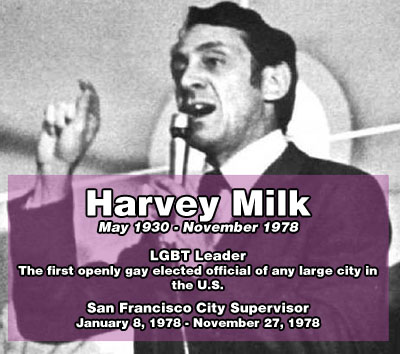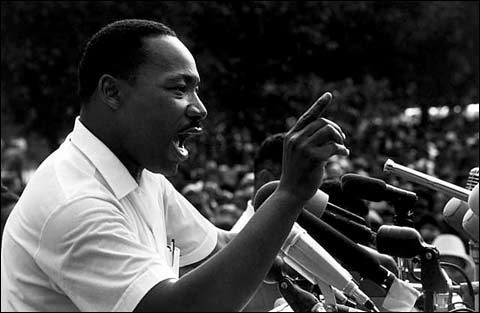The Indian food, like their culture and traditions, are the result of the mixture of various culture from the various countries that have invaded the country through the centuries. known internationally as one of the most exuberant kitchens due to the use of species and vegetables, which give distinctive touch.
Differs Cuisine across India's diverse regions as a result of variation in the local culture, geographical location (proximity to sea, desert, or mountains) and economics.

Indian cuisine could resultarnos somewhat strange if we just mention the ingredients of the dishes, but we can not make a final judgment until we've tried a bite of these "delicious rarities".
India is a huge country and has different habits in every corner of the world. .
English cuisine has a strong influence on this area as a fusion originating from the British Raj. This is the reason why there are some Indian restaurants in London in elegant and traditional areas of the city.
Indian migration has spread of the culinary traditions of the subcontinent throughout the world. These cuisines Have Been adapted to the local tastes, and Have Also Affected Local cuisines. Curry's international appeal has been Compared to That of pizza.
China
Indian food is gaining Popularity in China, where there are many Indian restaurants in Beijing, Shanghai, and Shenzhen. Hong Kong alone has more than 50 Indian restaurants, some Of which date back to the 1980s. Most of the Indian restaurants in Hong Kong are in Tsim Sha Tsui.
United Kingdom
Chicken tikka masala, a modified version of Indian chicken tikka, has been called "Britain's true national dish."
Anglo-Indian restaurants adapt traditional Indian food for British tastes, que Commonly are less accustomed to strong spices. The most famous example of this is Chicken tikka masala, que Also has been called "a true British national dish.".
United States
A survey by the The Washington Post in 2007 Stated That more than 1,200 Indian food products had been Introduced into the United States since 2000. There are Numerous Indian restaurants across the U.S., que vary based on regional culture and climate. North Indian and South Indian cuisines are Represented Especially well. Most Indian restaurants in the United States serve Americanizedversions of North Indian food, que is Generally less spicy than its South Indian equivalents.
In my opinion the Indian food has been one of the best "techniques" that would spread their culture, even though not 100% native to their land, that's what make delicious, unique and special.
So are incorporated different culinary practices brought from various corners of the world over time are mixed up to be the set of known trends and continue to hear






.jpg)











.jpg)

.jpg)
.jpg)